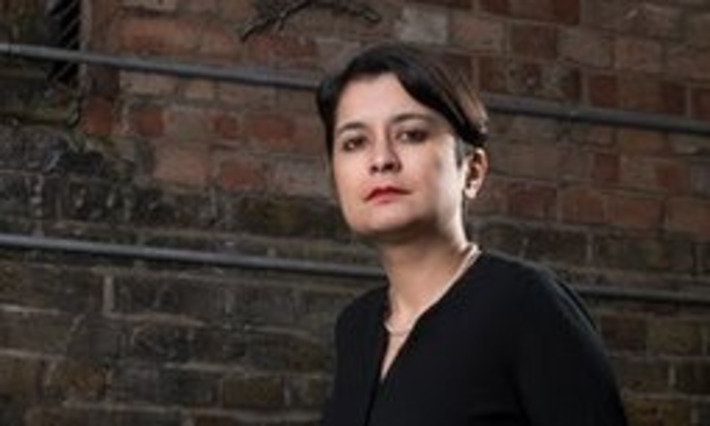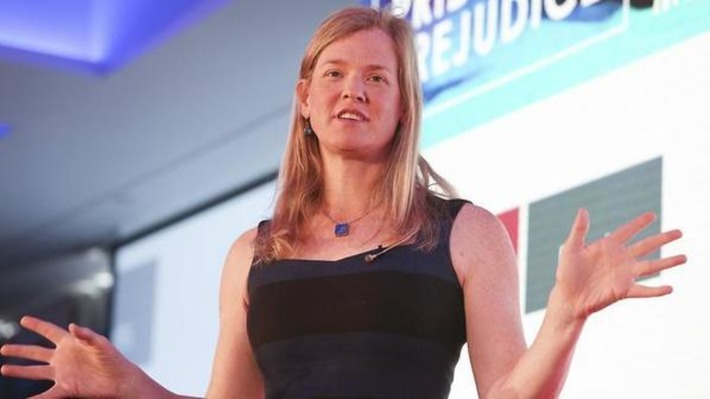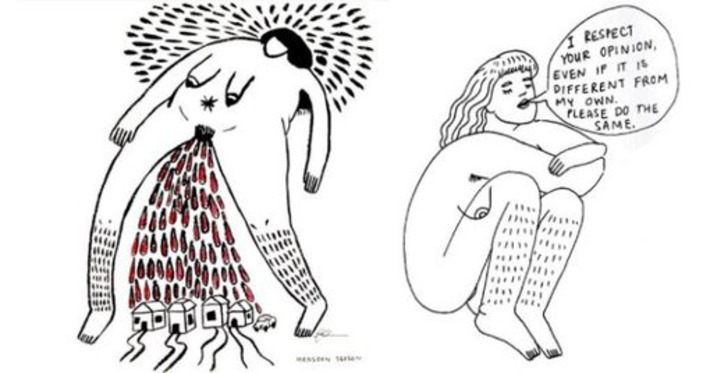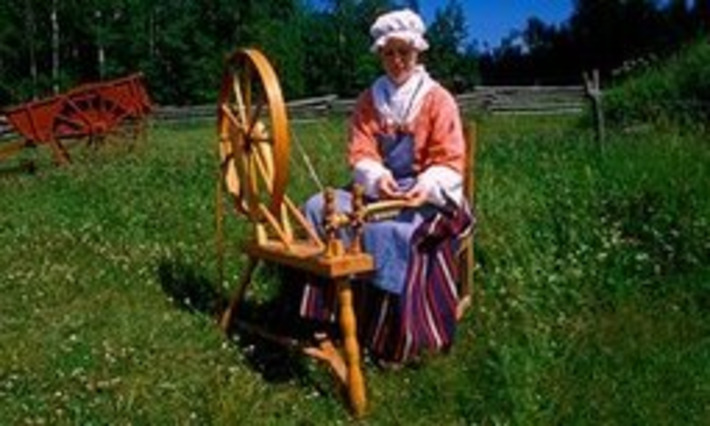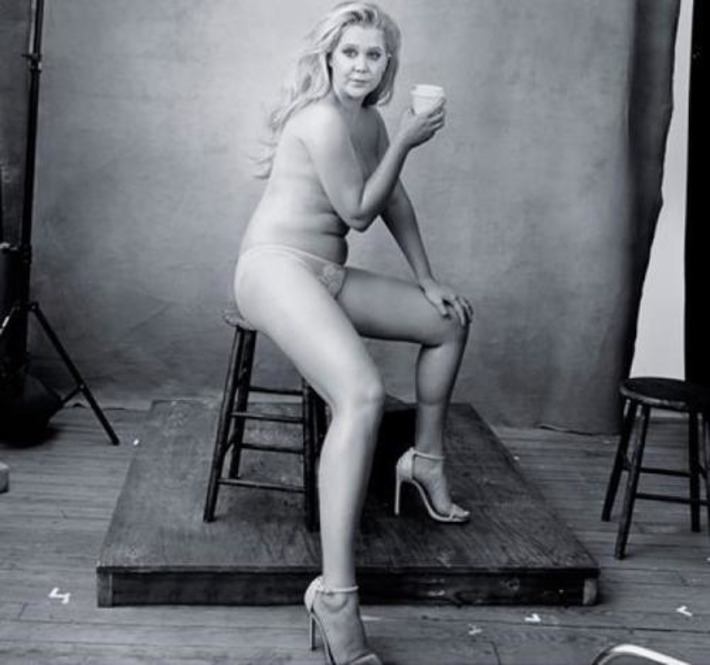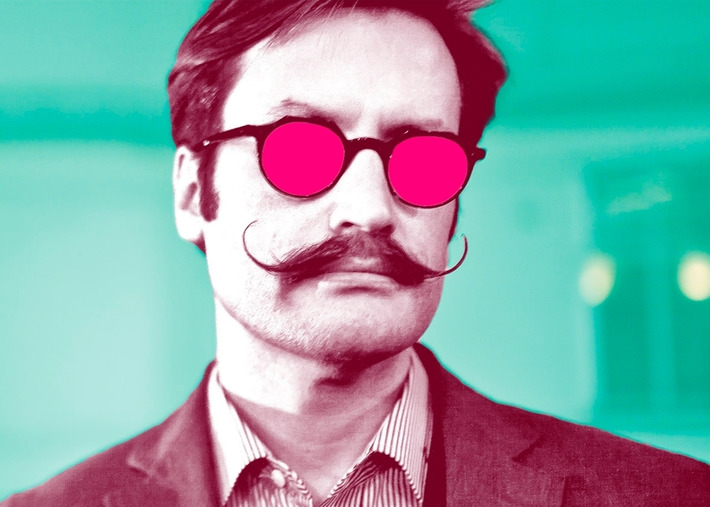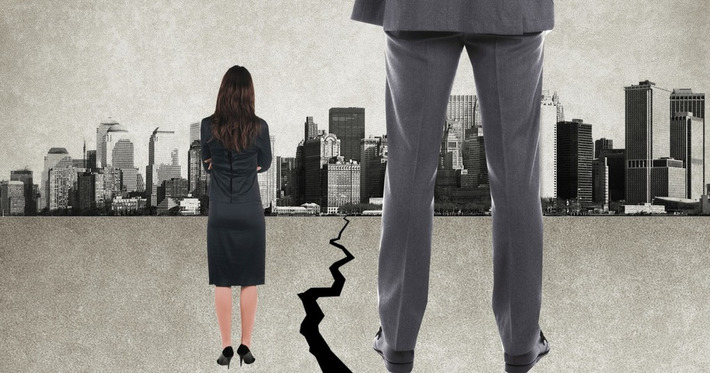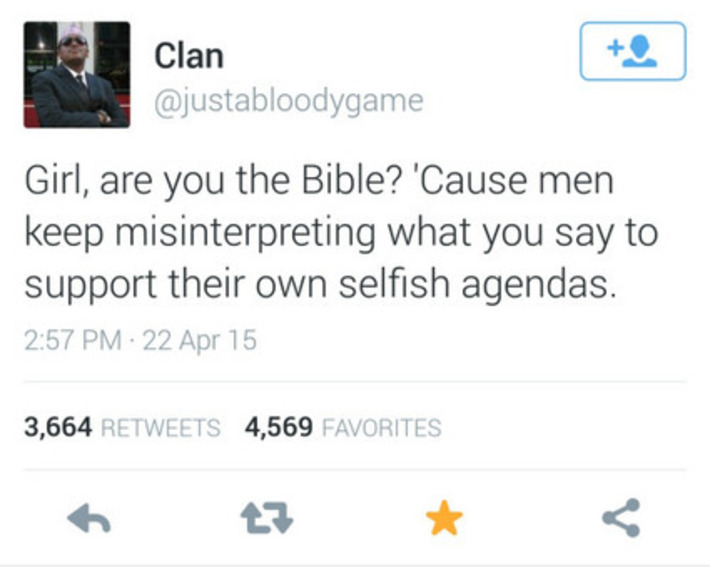Sex, or fear of it, has been almost as important in the construction of this nightmare state as racism. Just as the legal gains of the civil rights movement were blunted by LBJ’s Safe Streets Act and the incipient “war on drugs,” the sexual revolution and women’s liberation were short-circuited by serial sex panics, police power in loco mariti, Victims’ Rights as a mask for vengeance and the conception of the Sex Offender as a new, utterly damnable category of human being. It’s significant that the police state’s expansion in the late 1960s–70s coincided not only with the blowing winds of freedom and conservative backlash but with the falling rate of profit. Twenty years on, with the welfare state exhausted, the punishment state found its greatest champion in Bill Clinton, whose neoliberal down escalator for the working class required a vast reserve army of unemployed. Capitalism needed the penitentiary. It always has. Old fears in new skins helped oil the machinery.
Clinton gave his violence program a twist of identity politics—enhanced penalties for violence against women, hate as an actionable emotion, child protection as a blanket for censorship and repression—but those who backed him were not simply gulled. For years before—and each side for its own reasons—some liberals had made common cause with some conservatives on policing sex. “Carceral feminists,” the subject of a fair amount of recent talk and scholarship on the roots of anti-trafficking campaigns, is an unlovely phrase, but it usefully denotes a social force that elided personal power with state power, eschewed the project of liberation—the goal of a radically different set of power relations—and took as its armor the victim’s mantle.

|
Rescooped by
Deanna Dahlsad
from Cultural History
onto Dare To Be A Feminist October 5, 2014 8:28 PM
|





 Your new post is loading...
Your new post is loading...
